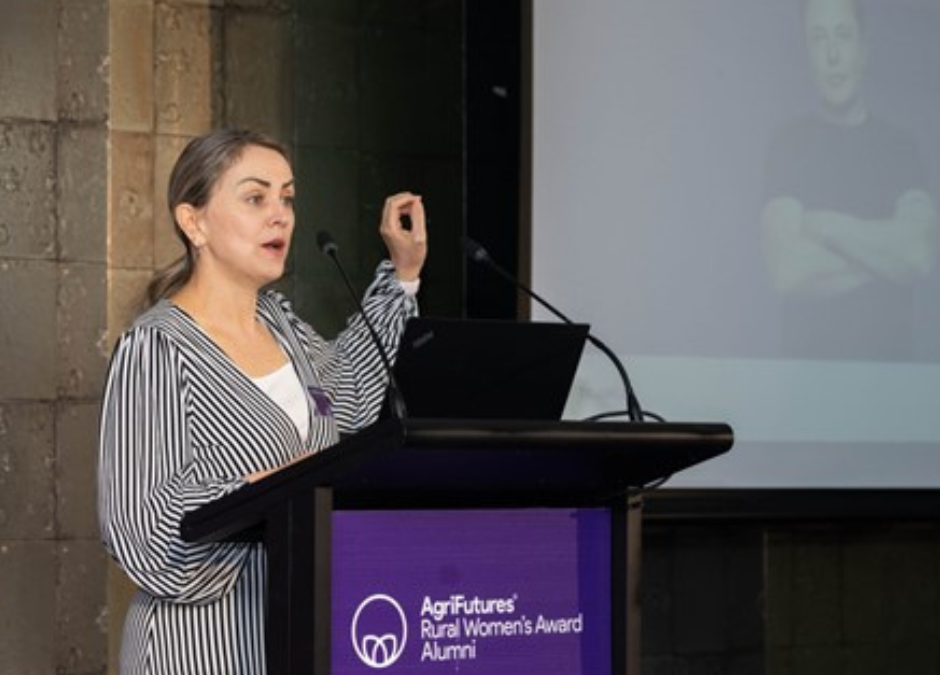Many people feel nervous at the thought of a media interview: what if I get a tricky question, what if I say something stupid, what if I freeze?
Good media training will help you gain a new perspective because… guess what? The interview is not the hard part. Or, at least, it doesn’t have to be. I most recently ran a session for an incredible group of women associated with the AgriFutures Rural Women’s Award program, including finalists, alumni and program administrators. They were wonderfully open to ideas and willing to workshop with each other.
If you can find someone to buddy up with as you develop your media approach, it’s invaluable.
When it comes down to it, if you are clear on why you are engaging with media, what you want to say and how to shape your message, the interview suddenly gets a whole lot easier.
So when I run media training, I do include some interview technique tips, because I know that’s the thing everyone is nervous about, but what I really focus on is challenging people to think about their strategic goals, and how media can help achieve them.
Why even look for media opportunities?
Getting your brand name in the media is not a strategic goal.
What are you trying to achieve?
Are you looking for investors? Do you need more clients? Are you lobbying for policy change? Do you want to build industry networks to solve a big challenge?
If you don’t know what you want to achieve, of course media will feel daunting.
What actually IS my story?
You have to be crystal clear on three key elements if you want to be able to engage with media and make media opps work for you.
- Who are you? This might be ‘you’ the individual, or ‘you’ the brand, depending on your goals. What do you stand for, what’s your back story? What makes you interesting?
- What do you DO? I am amazed how many people forget the nuts and bolts of their story. A nice goal to achieve world peace is all well and good, but what do you actually do? Do you run workshops? Sell products? Raise funds? Media needs to understand what you do and how you do it.
- What’s your impact? This is what makes your story valuable to media and their audiences. Are you changing the way something is done, reaching a certain group of people, solving a challenge? How far and wide is the impact? It doesn’t have to be big – if it’s local, that’s fine, it just means your media opportunity might be local, too.
What do I want to talk about?
A media interview is not for you to tell every part of your brand story – how it started, where it’s going, every thing you do or don’t do.
For each opportunity, you need to match up around three key messages that you want to focus on. If you have 20 things to talk about, save the other 17 for different opportunities.
To choose the right things to focus on, think not only about what you want to say, but what the journalist is interested in (look at their recent articles) and what their audience is interested in.
Okay, but I still have to do the scary interview
Yes you do. But if you know why you said yes to the interview, and you know what the journo wants and what you want, and you have developed and practised your messages, it should be pretty straightforward.
Remember, the journalist wants a good story. If you can give them a good story, you’re both happy.
If you want some help working out what your strategic goals really are and how to create messages that resonate in media, talk to us at [email protected] about our media training programs.
Kendi Burness-Cowan

